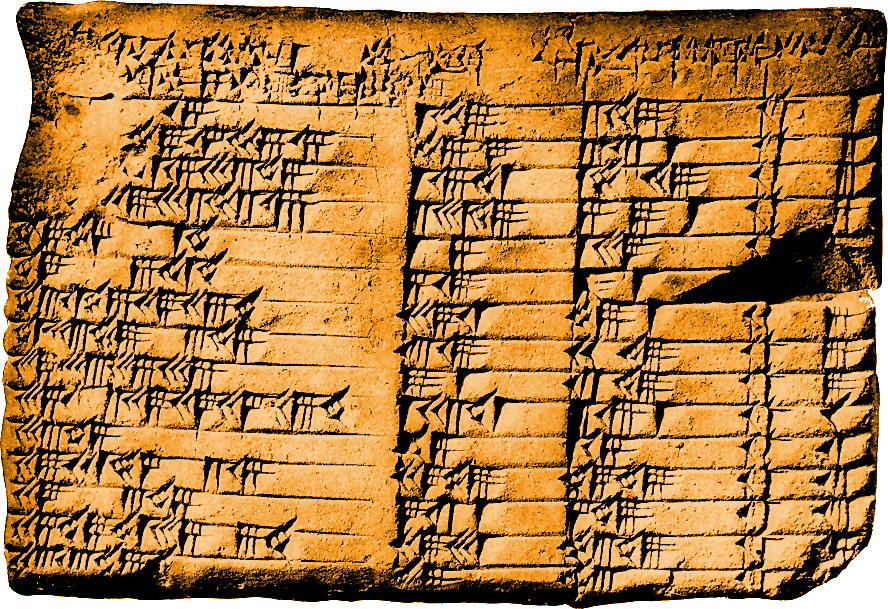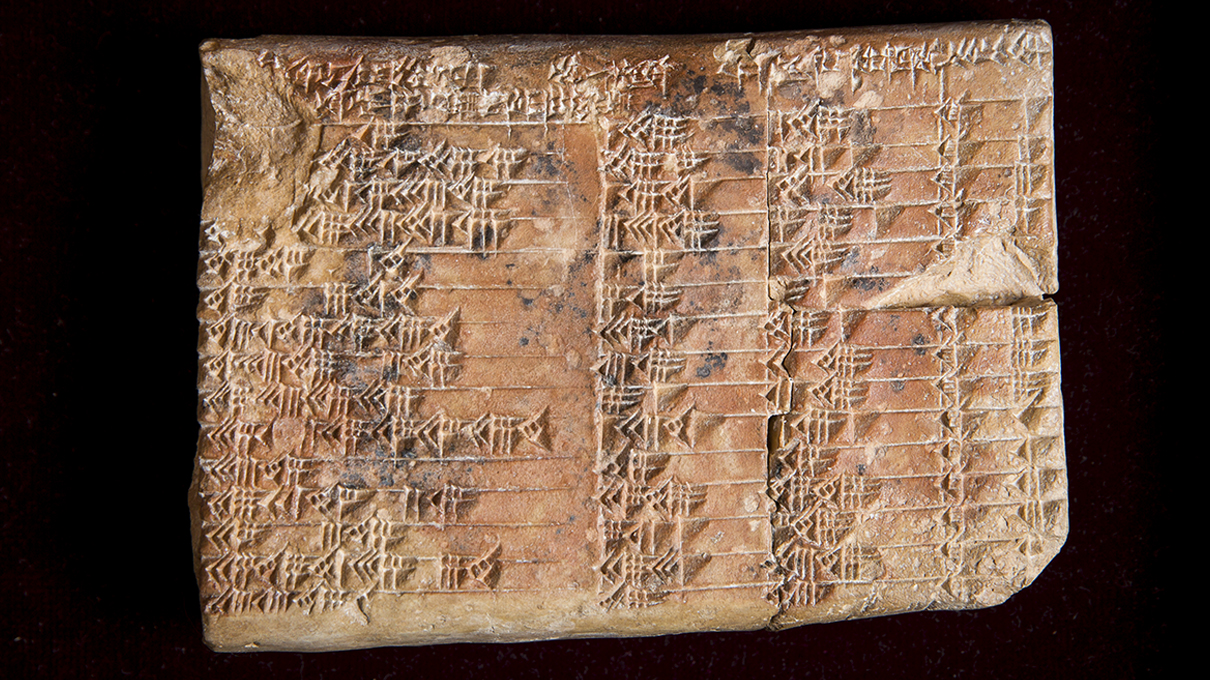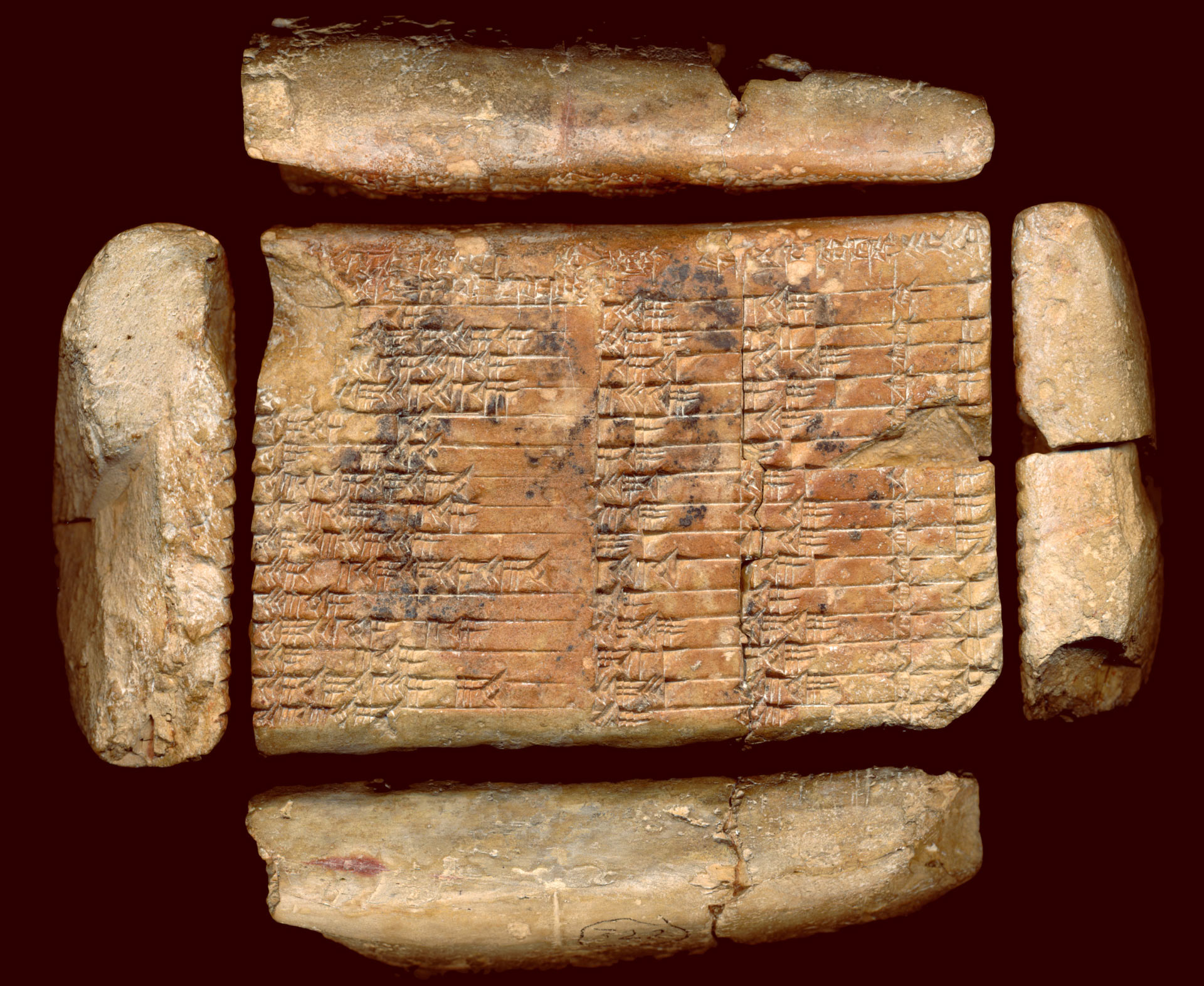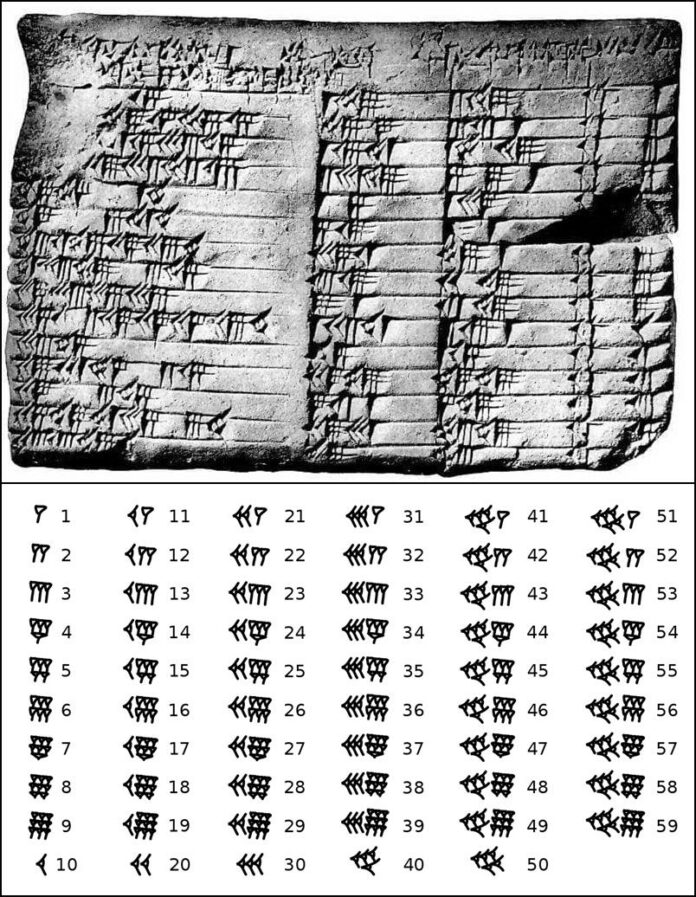Imagine standing in the heart of the ancient Babylonian city, gazing upon the towering ziggurat reaching towards the sky. As you ponder the architectural feats of this lost civilization, a startling discovery emerges – a small clay tablet that may hold the key to unlocking the mathematical genius of the Babylonians, a thousand years before the Greeks revolutionized the world of trigonometry. This is the tale of Plimpton 322, a remarkable artifact that is rewriting the history of mathematics and challenging our understanding of ancient intellectual achievements.
The Enigmatic Plimpton 322 Tablet

Discovered in the 1920s in southern Iraq, the Plimpton 322 tablet, measuring just 5 inches wide and 3.5 inches tall, has captivated the attention of mathematicians and historians alike. For decades, researchers believed the tablet contained a list of Pythagorean triples – sets of whole numbers that satisfy the Pythagorean theorem, a2 + b2 = c2. However, a recent study published in the journal Historia Mathematica suggests that this interpretation may be incomplete, and that Plimpton 322 may in fact be the world’s oldest trigonometric table.
A Forgotten Trigonometric Revolution
The study, led by Daniel Mansfield, a mathematician at the University of New South Wales in Sydney, Australia, argues that the Babylonians developed a unique and sophisticated form of trigonometry, predating the work of the ancient Greek astronomer Hipparchus by nearly a millennium. Unlike the modern trigonometry based on angles and circles, the Babylonian approach focused on the ratios of the sides of right-angle triangles.
“Our research reveals that Plimpton 322 describes the shapes of right-angle triangles using a novel kind of trigonometry based on ratios, not angles and circles,” Mansfield explained in a press release. “It is a fascinating mathematical work that demonstrates undoubted genius.”
The Babylonian Approach to Trigonometry

The Babylonian scribes who created Plimpton 322 appear to have used a base 60 system, similar to the way we measure time, rather than the base 10 system we use today. This unique approach allowed them to create a remarkably accurate trigonometric table, one that Mansfield and his co-author, Norman Wildburger, argue is superior to the modern methods in certain ways.
“A treasure-trove of Babylonian tablets exists, but only a fraction of them have been studied yet,” Mansfield said. “The mathematical world is only waking up to the fact that this ancient but very sophisticated mathematical culture has much to teach us.”
Controversy and Debate
Not everyone is convinced by the new interpretation of Plimpton 322. Some critics, such as Evelyn Lamb, a math and science writer, see the claims as an attempt to justify a “rational trigonometry” theory, which is not widely accepted in the mathematics community. Similarly, Eleanor Robson, a Mesopotamia expert, has proposed alternative explanations for the tablet, suggesting it may have been a teacher’s guide rather than a trigonometric table.
Uncovering the Secrets of Ancient Mathematics

Despite the ongoing debate, the discovery of Plimpton 322’s potential as the world’s oldest trigonometric table has opened up new avenues for research and education in the field of ancient mathematics. By delving into the unique approaches and innovations of the Babylonian mathematicians, we can gain a deeper understanding of the evolution of mathematical thought and the remarkable intellectual achievements of this long-lost civilization.
Conclusion
The Plimpton 322 tablet stands as a testament to the enduring mysteries and wonders of the ancient world. As researchers continue to unravel its secrets, we are reminded of the boundless potential of human ingenuity and the ever-evolving nature of our understanding of the past. The story of this remarkable artifact is a captivating exploration of the mathematical genius that thrived in the cradle of civilization, shedding new light on the rich tapestry of human knowledge and innovation.
